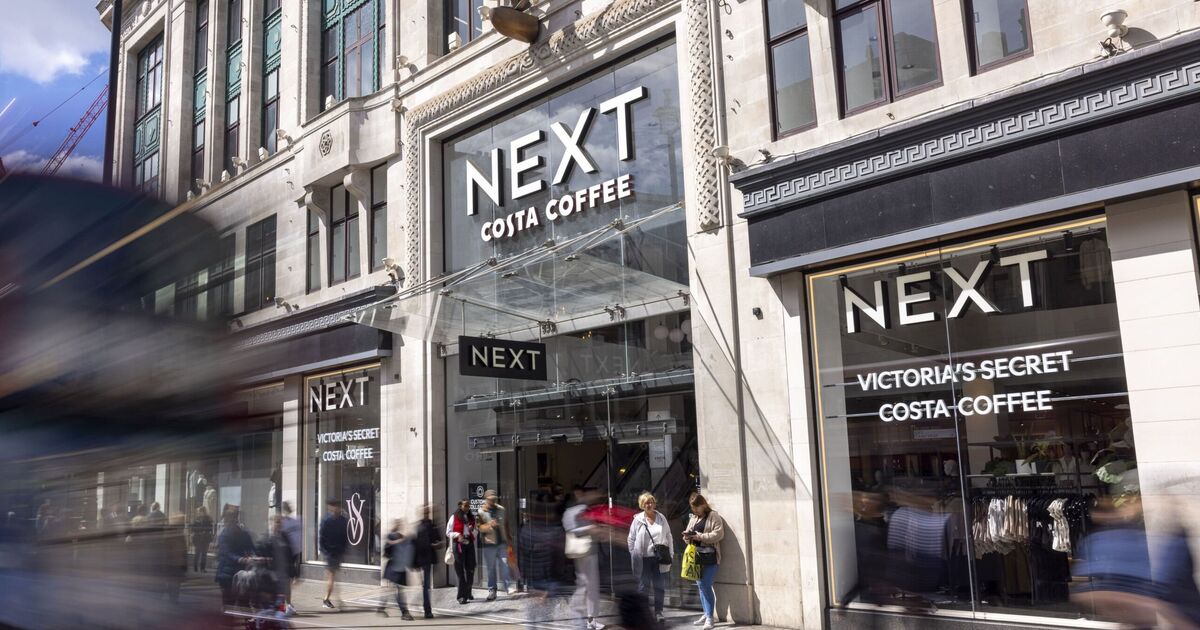

Personal protective equipment (PPE) is important in various industries, from construction to chemical handling. When spills happen in any of these industries, professionals must respond. Part of the response is choosing the PPE that fellow responders will wear, especially during cleanup. Without the proper PPE, responders risk exposure to elements of the spill, such as dangerous fumes or abrasive debris. While there are many types of PPE, the following personal protective equipment is most commonly used for spill response.
Spill responders and anyone who works with hazardous materials know that there are four levels of full-body protective suits. Level A provides the highest level of protection, and the suit includes a self-contained breathing apparatus or a supplied air respirator that allows the user to breathe safely. Level D provides the lowest level of protection, and the suit is just comprised of a work uniform that covers or replaces street clothing. Levels B and C are in between A and D and offer various appropriate levels of protection for the body.
Hands and feet often experience the most contact with the spilled substance since responders must walk through the area and touch contaminated items during cleanup. Gloves and boots protect these extremities from contamination. Most gloves are thick enough to protect from punctures and temperature changes. Most boots have a thick sole to prevent slipping and protect feet from debris.
Various types of spills, both hazardous and non-hazardous, can release vapor, fumes, and dust into the air that are unsafe for people to breathe. Facial and respiratory protection is necessary for responders to work within the vapor, fumes, or dust. Goggles and face shields protect the eyes and entire face from anything in the air, as well as splashing liquids. Respirators protect the respiratory system from breathing in airborne dangers. Choosing an appropriate respirator and other PPE is an important part of the seven-step process of a spill response.
The PPE we described above protects people from a spill. However, spill scenes can get chaotic and potentially dangerous, especially if they are outside or in an area with low visibility. High-visibility clothing such as yellow vests are an important part of PPE in these types of spill responses. They are often worn on top of the PPE described above to protect the responder and ensure they are visible. You should replace high-visibility clothing when it starts to wear to ensure spill responders can access safe options in an emergency.
The common personal protective equipment for a spill response is any PPE that protects the body, from full suits to high-visibility vests. Different types of spills will require different PPE. You should have a plan that includes appropriate PPE before a spill occurs so that the responders know exactly what to put on and where to find it in your facility.
24World Media does not take any responsibility of the information you see on this page. The content this page contains is from independent third-party content provider. If you have any concerns regarding the content, please free to write us here: contact@24worldmedia.com

5 Tips for Giving Cooking Lessons to Your Children

Tips for Increasing Teamwork in Your Office Environment

5 Tips for Starting a Successful Dump Truck Business

The Importance of Market Research to Your Brand

DWP benefit could boost income by £393 – check eligibility | Personal Finance | Finance

Firm’s £420 lock as Martin Lewis warns Three, O2, Vodafone & EE users | Personal Finance | Finance

Next shrugs off poor weather with forecast beating sales growth | City & Business | Finance

British Gas, EON and EDF customers to get £219 summer boost | Personal Finance | Finance

Scotland’s economy shrank by 0.3% in February, GDP figures show | Personal Finance | Finance

Ryan’s Team asks Southold to display ‘988’ signs

DWP handing out up to £865 in Household Support Fund cash | Personal Finance | Finance